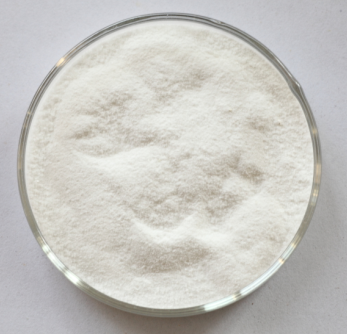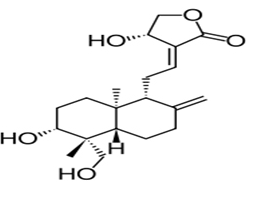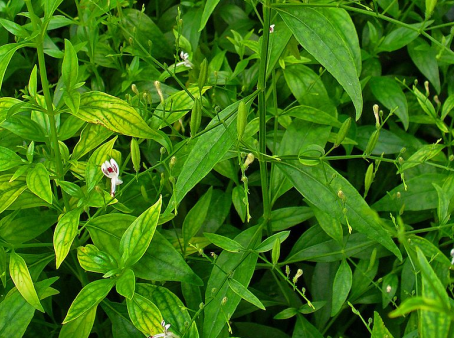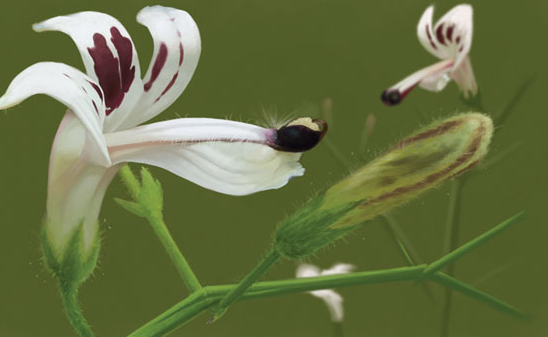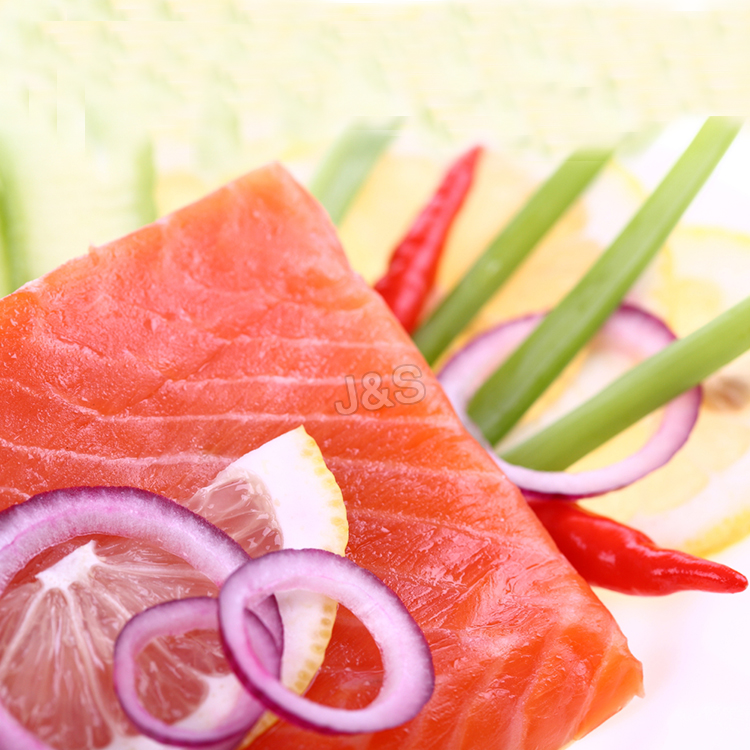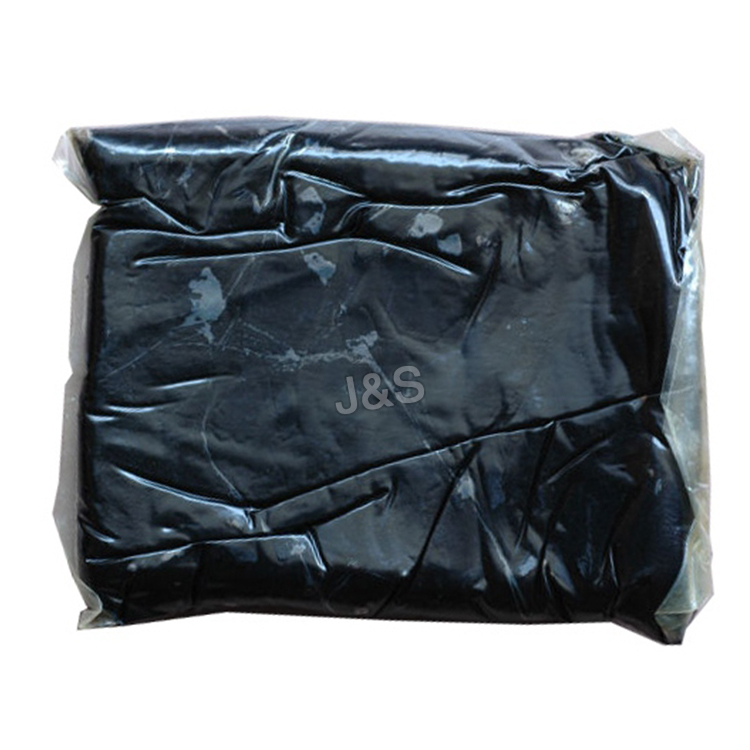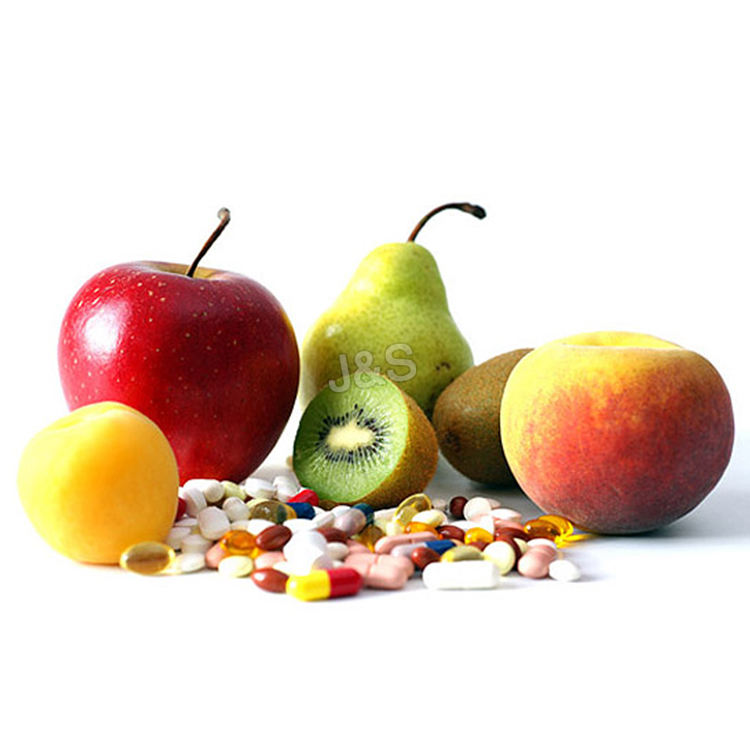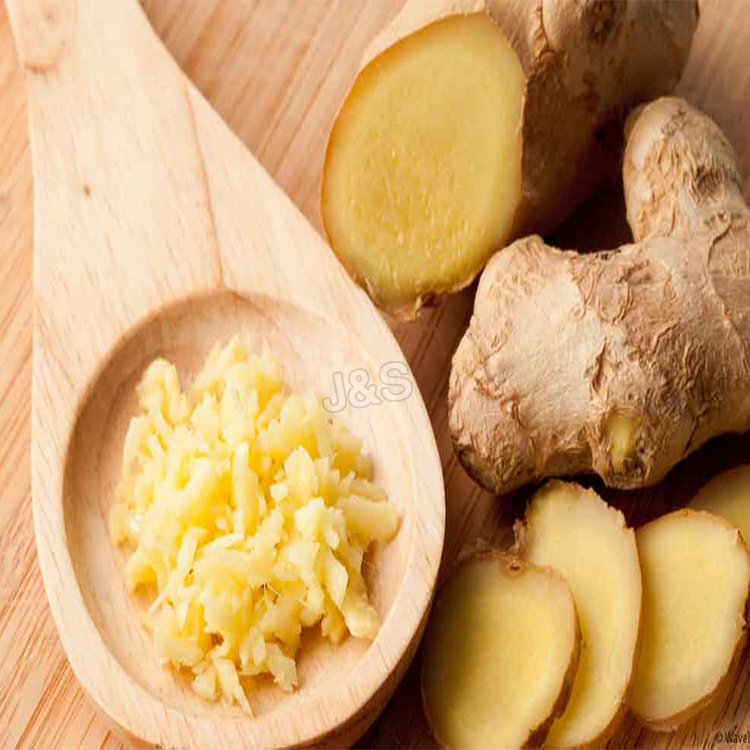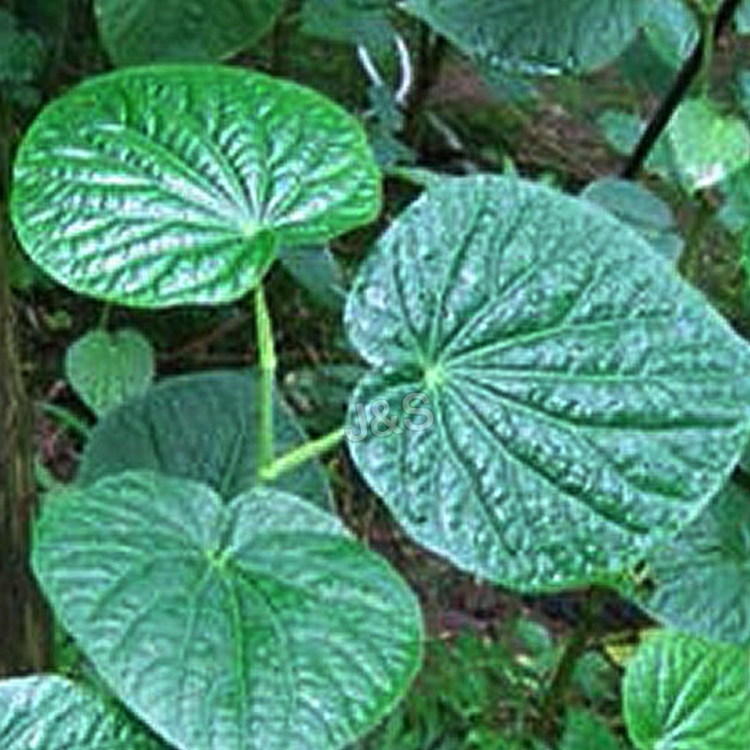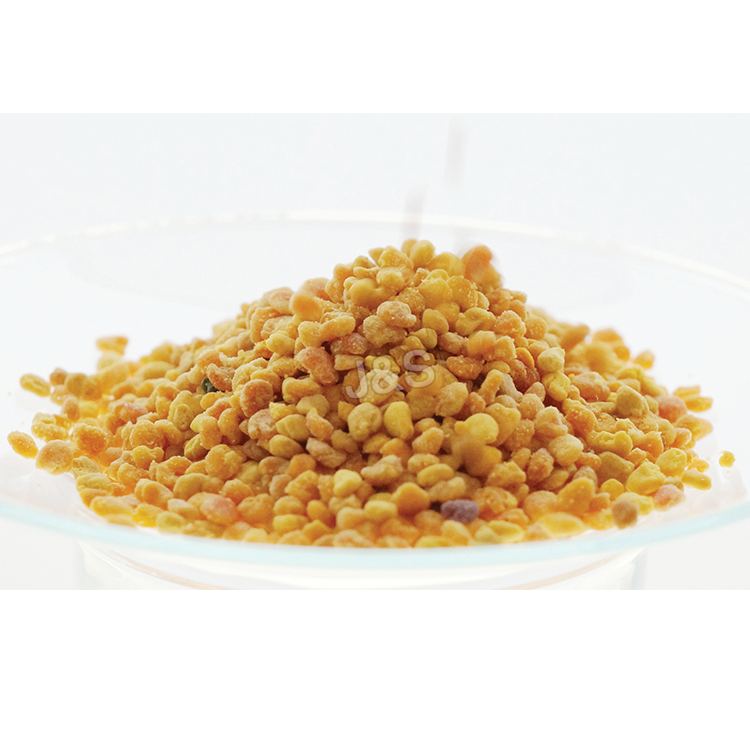Low price for Andrographis Extract Factory from Mumbai
Low price for Andrographis Extract Factory from Mumbai Detail:
[Latin Name] Andrographis paniculata(Burm.f.)Nees
[Plant Source] Whole herb
[Specification] Andrographolides 10%-98% HPLC
[Appearance] White powder
Plant Part Used: Herb
[Particle size] 80Mesh
[Loss on drying] ≤5.0%
[Heavy Metal] ≤10PPM
[Storage] Store in cool & dry area, keep away from the direct light and heat.
[Shelf life] 24 Months
[Package] Packed in paper-drums and two plastic-bags inside.
[Net weight] 25kgs/drum
[What is Andrographis?]
Andrographis paniculata is a bitter tasting annual plant, referred to as the “King of Bitters.” It has white-purple flowers and it is native to Asia and India where it has been valued for centuries for its numerous medicinal benefits. Over the past decade, andrographis has become popular in America where it is often used alone and in combination with other herbs for a variety of health purposes.
[How does it work?]
According to Memorial Sloan-Kettering Cancer Center, the active ingredient in andrographis is andrographolides. Due to the andrographolides, andrographis has potent anti-inflammatory and antimalarial properties. It also has antimicrobial properties, meaning it can help to fight off and prevent infections from harmful microorganisms such as viruses, bacteria and fungi. In addition, andrographis is a powerful antioxidant and it can help to prevent free radical induced damage to your cells and DNA
[Function]
Cold and Flu
Scientists have discovered that andrographis helps to boost the immune system by stimulating the body’s production of antibodies and macrophages, which are large white blood cells that scavenge harmful microorganisms. It is taken for both the prevention and treatment of the common cold, and it is often referred to as Indian echinacea. It might help lessen the severity of cold symptoms such as sleeplessness, fever, nasal drainage and sore throat.
Cancer, Viral Infections and Heart Health
Andrographis may also help to prevent and treat cancer, and preliminary studies done in test tubes found that extracts of andrographis help to treat stomach, skin, prostate and breast cancer. Due to the herb’s antiviral properties, andrographis is used to treat herpes and it is also currently being studied as a treatment for Aids and HIV as well. Andrographis also promotes heart health and can help to prevent the formation of blood clots as well as to dissolve already formed blood clots. In addition, the herb relaxes smooth muscles in the walls of blood vessels and thereby helps to reduce high blood pressure.
Additional Benefits
Andrographis is used to promote gallbladder and digestive health. It also helps to support and strengthen the liver and it is used in combination with other herbs in several Ayurvedic formulations to treat liver disorders. Finally, andrographis extracts taken orally have been found to help neutralize the poisonous effects of snake venom.
Dosage and Precautions
The therapeutic dose of andrographis is 400 mg, twice daily, for up to 10 days. Although andrographis is considered safe in humans, the NYU Langone Medical Center warns that animal studies suggest that it may impair fertility. Andrographis may cause unwanted side effects such as headaches, fatigue, allergic reactions, nausea, diarrhea, altered taste and pain in the lymph nodes. It may also interact with certain medications and as with any supplement you should consult your health care practitioner before taking the herb.
Product detail pictures:
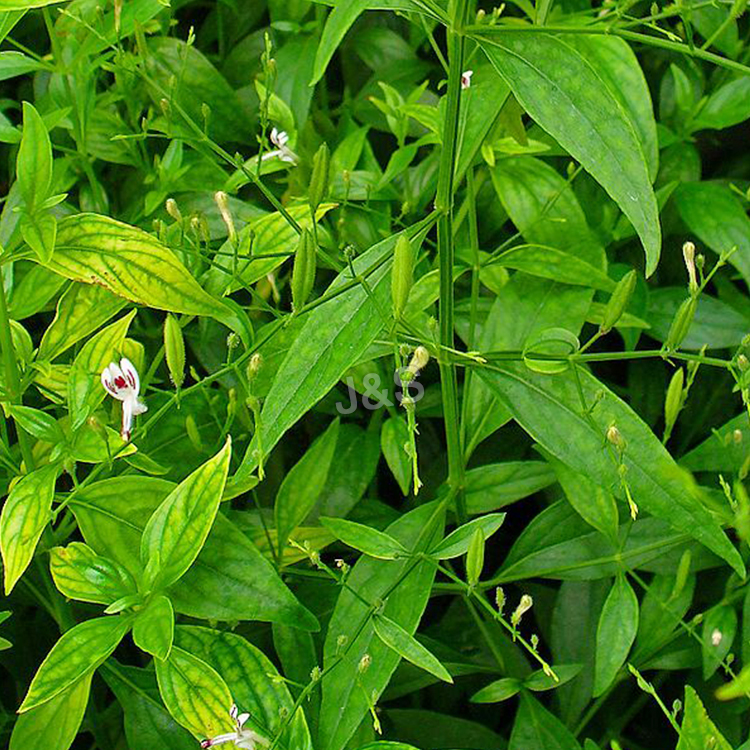
Related Product Guide:
We offer fantastic energy in high quality and enhancement,merchandising,profits and promoting and procedure for Low price for Andrographis Extract Factory from Mumbai , The product will supply to all over the world, such as: Hongkong, Panama, panama, Our company has already had a lot of top factories and qualified technology teams in China, offering the best goods, techniques and services to worldwide customers. Honesty is our principle, skilled operation is our work, service is our goal, and customers' satisfaction is our future!
Click Here For Instant Access: https://www.12path.com/NaturalBreastEnlargement/
Natural Breast Enhancement
Women have always been willing to undergo painful treatments to improve their appearance and become willing customers for the cosmetic industry.
Satisfaction with the body plays a very important role in a woman’s libido, arousal and overall performance in bed. The worst part is that women who find their bodies deficient are more likely to suffer from depression, inferiority complexes and tend to have bad relationships. This fact coupled with a rising obsession with size amongst men has resulted in an increasing number of women are opting for breast enhancement. There was a time when silicon implants were considered the only means to increase bust size. But, breast enhancement surgeries carry the risk of surgical mishaps, rejections and unnatural feels. Today, the trend has moved towards non-invasive, supplement-based treatments that come in the form of herbal pills, creams and sprays and even suction bras.
The hormone estrogen, naturally produces by the ovaries is responsible for breast size. Natural breast enhancement supplements use herbs with phytoestrogens, a plant-based substitute for the female hormone and human growth hormone (HGH). The two of them combined are capable of increasing the bust by entire cup-sizes in relatively short periods of time. The main ingredients of the supplements are saw palmetto, fennel seeds, dandelion and licorice. This however does not imply that any product with these herbs will enlarge the breasts. The products that work best are the ones that have a large variety of herbs (10-15) combined together. Women should also not fall prey to tall claims on the Internet and compile their research from Web sites that do not sell the products or derive profit from companies that do.
Natural breast enhancement supplements are contraindicated for women with a risk for women breast and uterine cancer, since excessive estrogen is a known carcinogen. Also, pregnant or nursing women and women with a history of fibrocystic growths and endometriosis are advised to stay away from these medications. Natural breast enlargement supplements do not increase overall bodyweight and can help people before sex change operations. The supplements are not FDA approved but the individual ingredients are. Women should always consult their primary physicians or gynecologists before commencing any treatment.
Natural Breast Enhancement [https://www.WetPluto.com/Natural-Breast-Enhancement-Pills.html] provides detailed information on Natural Breast Enhancement, Natural Breast Enhancement Pills, Natural Breast Enhancement Products, Natural Breast Enhancement FAQs and more. Natural Breast Enhancement is affiliated with Sexual Enhancement Pills [https://www.WetPluto.com/Foods-For-Sexual-Enhancement.html].
Article Source: https://EzineArticles.com/?expert=Richard_Romando
Article Source: https://EzineArticles.com/410346
https://shop.liveleantoday.com/sexual-enhancements/male-sexual-enhancements/extenze-best-natural-penis-enlargement-products-30-ct offers male sexual enhancement review of Extenze a popular sex product for men.
Cooperate with you every time is very successful, very happy. Hope that we can have more cooperation!
